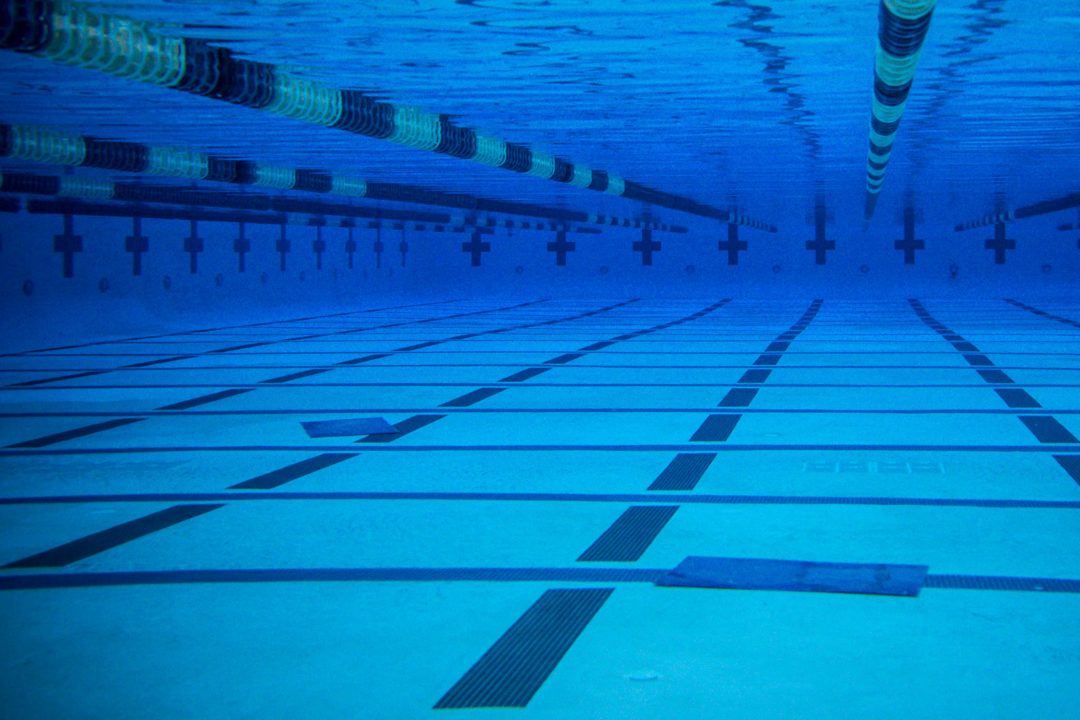The Kroehler Family YMCA in Naperville, Illinois, has closed. The home practice location to the Naperville YMCA Porpoises, which is both a USA Swimming and YMCA member team, is a victim of what many fear could be many aquatics facilities that won’t survive the global coronavirus pandemic.
This one hits close to home for me, as the Kroehler Family YMCA was one of my first swimming homes, when I was a member of the NAPY Swim Team.
I have no idea if that team traces its lineage directly to the current incarnation of the Naperville YMCA Porpoises. I was a member of the team circa the late 1990s. The YMCAs in the area have been reorganized since then, so it’s possible that the team has been too.
Two other facilities in the Metropolitan Chicago system, including the Lattof YMCA in Des Plaines and the Leaning Tower YMCA in Niles will also be closed.
Many facilities that are closing will, like the Naperville YMCAs, be facilities that were on shaky ground anyway. The 3 area facilities had been operating at a loss for years prior to the COVID-19 outbreak, and the financial fallout of the shutdown gaped open those wounds.
The Kroehler Family YMCA was conceived in 1909 with a cost of $26,000, with a cornerstone laid in 1910. At the time, the community had fewer than 3,000 residents, and the Chicago YMCA was skeptical that it would be sustainable.
As the area evolved, so did the YMCA. Once providing a vital community service as housing for men who were down-and-out, the organization grew into more of a health-and-wealness space. Likewise, Naperville evolved into one of the wealthiest cities in the Midwest with a population of 150,000.
While its mission has changed, the YMCA still provides vital services to its communities. It’s an affordable membership in an era of $30-an-hour spin classes, and a refuge especially for aging members of the community.
But more than that, in many parts of the country, especially in the Midwest and Northeast, the YMCA is a keeper of competitive swimming. And that’s what it was for me as a kid.
I don’t know what swimming would have been to me if not for that. I’m pretty tall – what other sports might I have gotten into if an attractive and affordable year-round swimming option wasn’t available? Would I have swum through high school? Would SwimSwam even exist today?
The Chicago Metropolitan YMCA didn’t have a choice – they’ve tallied that their losses among the shutdown will be in the millions. Reopening their facilities to a handful at a time is probably not enough to cover the operating costs, either.
But the financial realities of the pools that sustain our sport could damage the bedrock of swimming ahead. Good economic times led to an explosion of club-owned or publicly-funded pools. It’s been a hard climb; a fight to lift the sport’s profile and its standing. And now, as that money dries up and goes to other avenues, we will see other facilities lost.
It’s too soon to guess where the balance will land when the dust settles. But our sport will look fundamentally different than it did 6 months ago. It’s now up to swimming’s leadership to figure out how to make that future look brighter than it was.

Braden, thanks for the memories of the old time YMCA teams and pools. As a MIdwest kid , YMCA swimming was important to my swimming background . From the old Omaha YMCA in the early 60’s to my next move to the south suburbs of Chicago and Harvey YMCA , the old brick buildings and 20 yard pools were the norm . And yes, in that era, they were housing facilities for men who were “ down and out”. Don’t forget the downtown Chicago Lawson YMCA , who I believe actually won YMCA Nationals at one point in the 60’s. Sad state of affairs for YMCA’s and pools in general during this pandemic era.